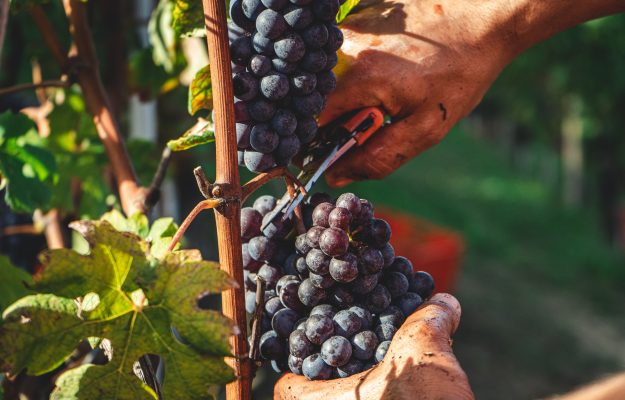The future Common Agricultural Policy (CAP) will come into force on January 1, 2023, at the end of the transitional period of 2021 and 2022, in which the rules of the current CAP were extended. The text of the agreement, reached almost unanimously (with the sole exception of Bulgaria) by the Union's agriculture ministers at the AgriFish Council (Monday, June 28), together with the technical points still to be resolved, will be finalized in the coming weeks and will have to be submitted, in the fall, to the vote of the Agri Commission and the Plenary of the European Parliament, as well as to the final approval by the Council, as recalled in a note Paolo De Castro, S&D coordinator at the Agriculture Commission of the European Parliament.
From a financial point of view, the future CAP represents 31.95% of the total budget of the Union for the period 2021-2027, with a budget of 386.6 billion euros, supporting the nearly 7 million European farms, following 21 main points: Strategic plans and new performance system, Common dimension, Definition of an active farmer, Direct payments and cross-compliance, Control of cross-compliance, Social dimension, Eco-schemes, Coupled aid, Young farmers, Internal convergence, Redistributive payments, Role of the regions, Agri-environmental measures in the second pillar, Flexibility between pillars, Risk management, Sectoral interventions, Wine sector, Market observatories, Supply management, Derogations from competition law and Crisis reserve.
For the wine sector, as stated in the document anticipated by Paolo De Castro, which summarizes the main interventions foreseen by the next Common Agricultural Policy, several regulatory changes are included, aimed at making the sector more competitive and transparent to consumers. The system of planting authorizations for vines is extended until 2045, compared to the current deadline of 2030, with the obligation for the Commission to draw up two assessments on the functioning, one in 2028 and the second in 2040. The length of the maximum interval allowed for replanting vines is increased from the current 3 years to 6 years.
Regarding the conversion of planting rights in the portfolio, from January 1, 2023, an area equivalent to that covered by planting rights valid until December 31, 2022 and not converted into authorizations will remain available to the Member States; the Member States will be able to reallocate these areas by December 31, 2025. This possibility will be in addition to the usual annual allocation of 1% more of the viticultural potential.
It is maintained the exclusion of vine varieties today not allowed for the production of wine (Noah, Othello, Isabelle, Jacquez, Clinton and Herbemont), as well as varieties coming from Vitis lambrusca, in order to safeguard the quality of our productions. On the contrary, it will be possible to use hybrid vine varieties for the production of all wines having a geographical indication. Always with regard to the identification and recognition of a DOP, the criterion related to the importance of the human factor is restored and defined.
As for interprofessional organizations, they will be able to be recognized by member states not only at a national level, but also at a regional or economic area level, better suited to the needs of protection consortia that want to obtain such recognition. In order to help producers to enter new markets and to regulate low alcohol wines by including them among wine products, total de-alcoholization (alcoholic strength lower than 0.5%) is allowed for table wines. On the contrary, PDO and PGI wines can be only partially de-alcoholated (alcohol content higher than 0.5%). It is also clarified how it will be clearly indicated in the label that these wines are alcohol-free and, above all, practices that include the addition of water and other elements not directly obtained by the alcohol-free process are not allowed.
With the objective of increasing transparency towards the consumer, the norms about nutritional labeling and indication of ingredients are strengthened for all wines (including those partially and totally alcoholic beverages). The nutritional declaration can be limited to the indication of the energy value in the label, expressed by using the symbol “E” for energy. The complete declaration (including energy value, quantity of fats, saturated fatty acids, carbohydrates, sugars, proteins and salt) could instead be dematerialized, provided electronic means (QR code) are present on the label. Similarly, the list of ingredients may be provided by electronic means identified on the label or packaging.
Interprofessional organizations (IOs) that bring together farmers, processors and distributors of wine products with geographical indications will be able to adopt value sharing agreements, sharing costs and profits without being subject to EU competition rules. However, these agreements must not have the objective of fixing prices for the final consumer, eliminating competition or leading to imbalances in the production chain.
Copyright © 2000/2025
Contatti: info@winenews.it
Seguici anche su Twitter: @WineNewsIt
Seguici anche su Facebook: @winenewsit
Questo articolo è tratto dall'archivio di WineNews - Tutti i diritti riservati - Copyright © 2000/2025









































































































































































































